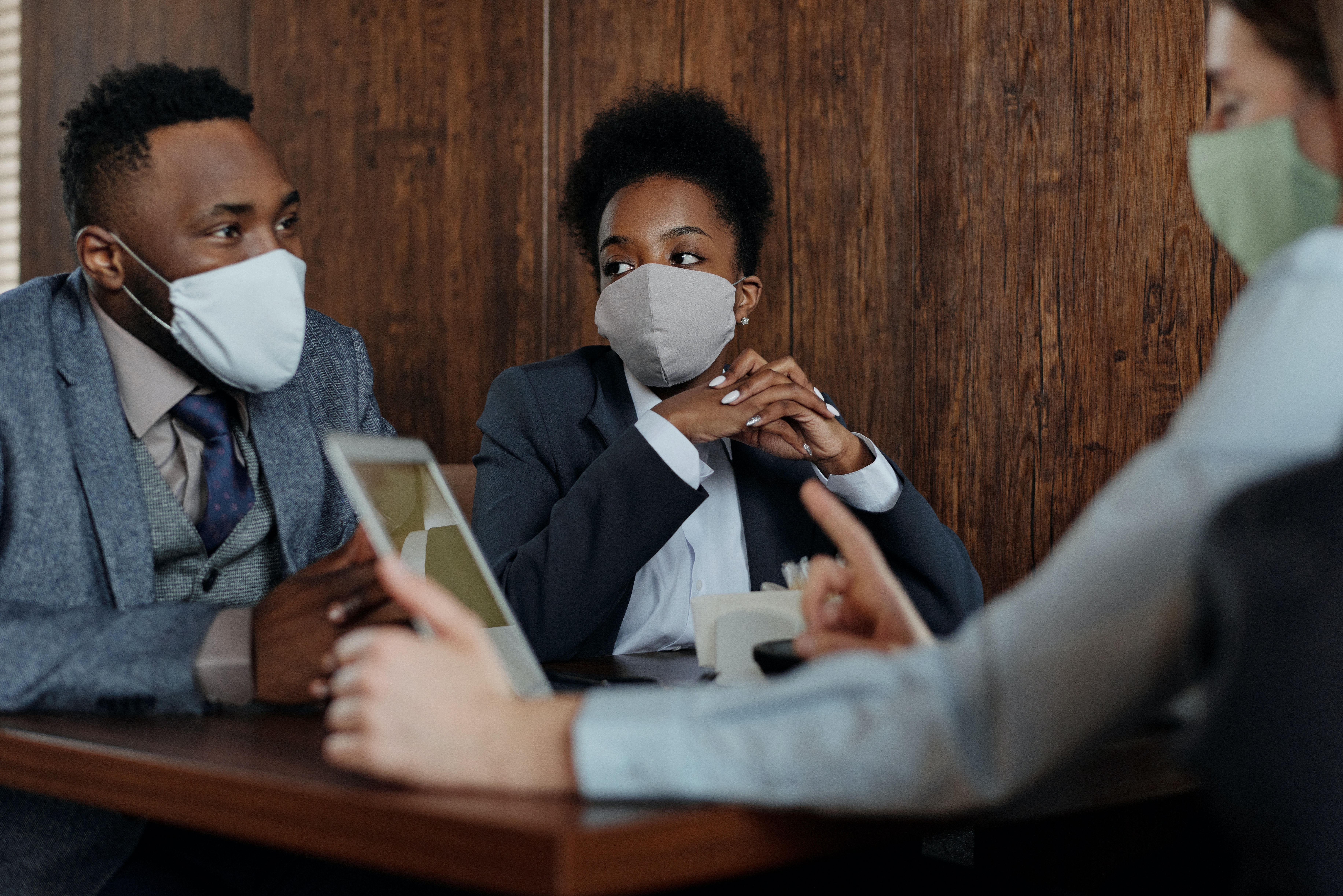This year has seen the world change in ways we never could have imagined: socially distancing from friends and loved ones, remote working implemented across the UK, washing and sanitising our hands for more than 20 seconds, and now wearing face coverings in supermarkets and shops.
One of the most powerful tools in communication is the face. People can easily make a number of inferences from facial expressions about physical health, emotional state, personality traits, pleasure or pain. When talking, we rely on reading facial expressions particularly when we don’t understand the verbal language and this may be one of the reasons that some people do not like wearing masks.
It is possible that a greater array of multi-modal resources will be used beyond the eyes in ways in which they are normally used, but now with intensified features: we may squint noticeably as we smile behind the mask.
Covering the lower half of the face reduces the ability to communicate, interpret, and mimic the expressions of those with whom we interact. Positive emotions become less recognisable and negative emotions can be amplified. Face masks can impair our positive social interactions and ability to empathise with one another. Equally, when people want to hide their emotion, if they are upset or angry, they can use the mask to shield themselves from unnecessary interactions about their feelings.
Dr Marina Cantarutti , Interactional Linguist and Research Associate at The Open University, shares her thoughts:
, Interactional Linguist and Research Associate at The Open University, shares her thoughts:
Having a significant part of the face covered means that some of the nuance during our interactions may be lost, but people may find ways to compensate for this in interaction. We can engage in forms of conversational repair to fix possible misunderstandings, or try to secure certain kinds of affiliative response in alternative ways, for example through the repetition or reformulation of feelings or events reported in previous part of our conversation, done again more vividly with hand gestures or features of the tone of voice.
It is possible that a greater array of multi-modal resources will be used beyond the eyes in ways in which they are normally used, but now with intensified features: we may squint noticeably as we smile behind the mask, we may produce more extreme head movements, nod more vigorously to display agreement, produce head tilts for sympathy, or use hand gestures with wider or bouncy movements. We may exaggerate features of our voice by increasing the volume, or producing a wider pitch range or stretching out sounds. We may find that we recruit the joint efforts of our words, voice and gestures in “extreme” visible and audible ways to make certain meanings and feelings clearer and more unambiguous to our listeners.
Whereas mutual sustained gaze may often be a marker of intimacy but also of a threat (Eibl – Eibesfeldt, 1989), we can show engagement with what others are saying with verbal means, as well as with head or hand movements. The eyes are only a part of the composition of facial expressions and forms of displaying emotion and affect.
It has yet to be determined if wearing a face mask will be the ‘new normal’ and whether we will see anyone smile at each other in the supermarket any time soon. In any case, our facial expressions and eye contact need to adapt and change to reflect the times we are in.
This article was originally published on the OU News website by Louise Hartje, and can be viewed here.




Rate and Review
Rate this article
Review this article
Log into OpenLearn to leave reviews and join in the conversation.
Article reviews